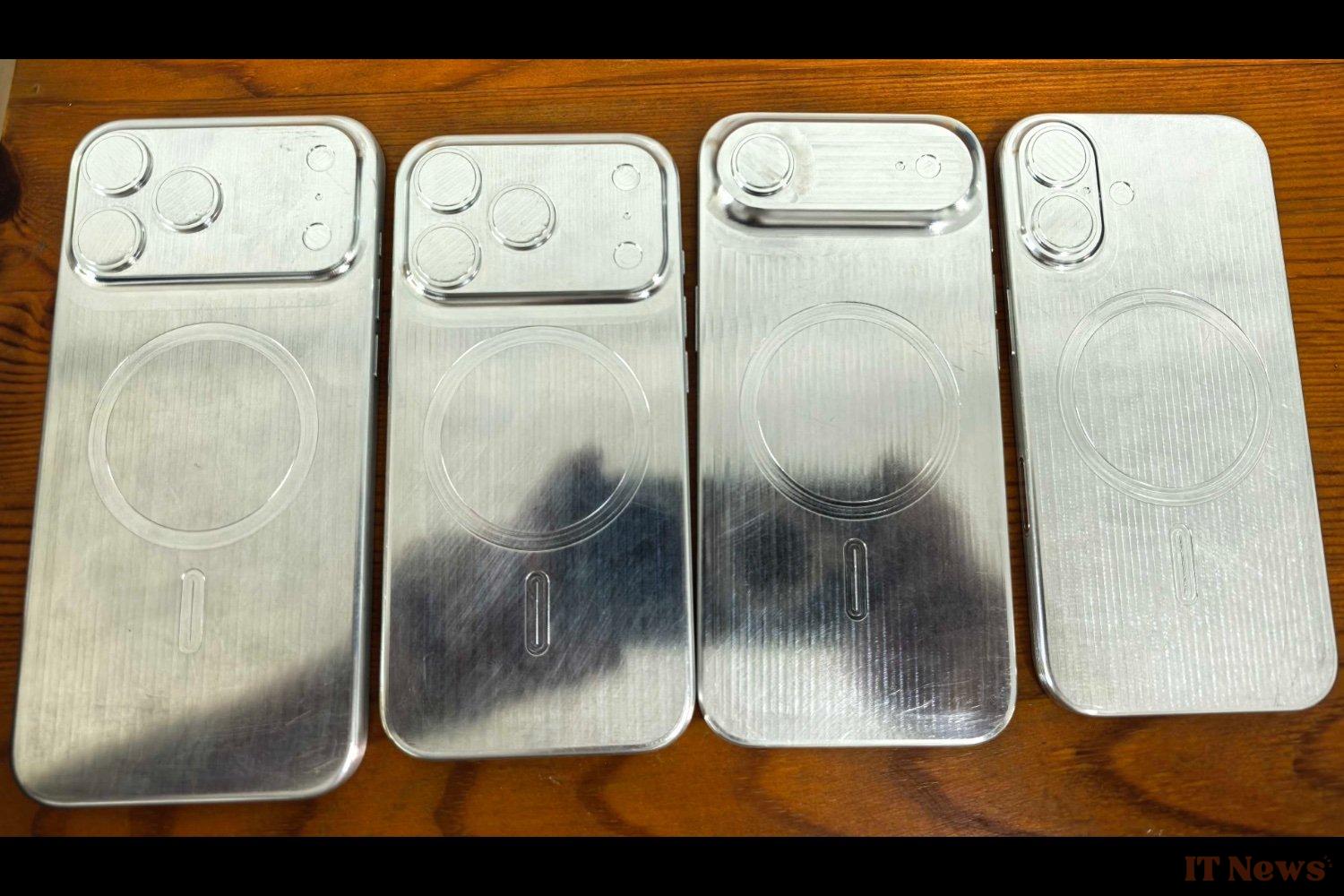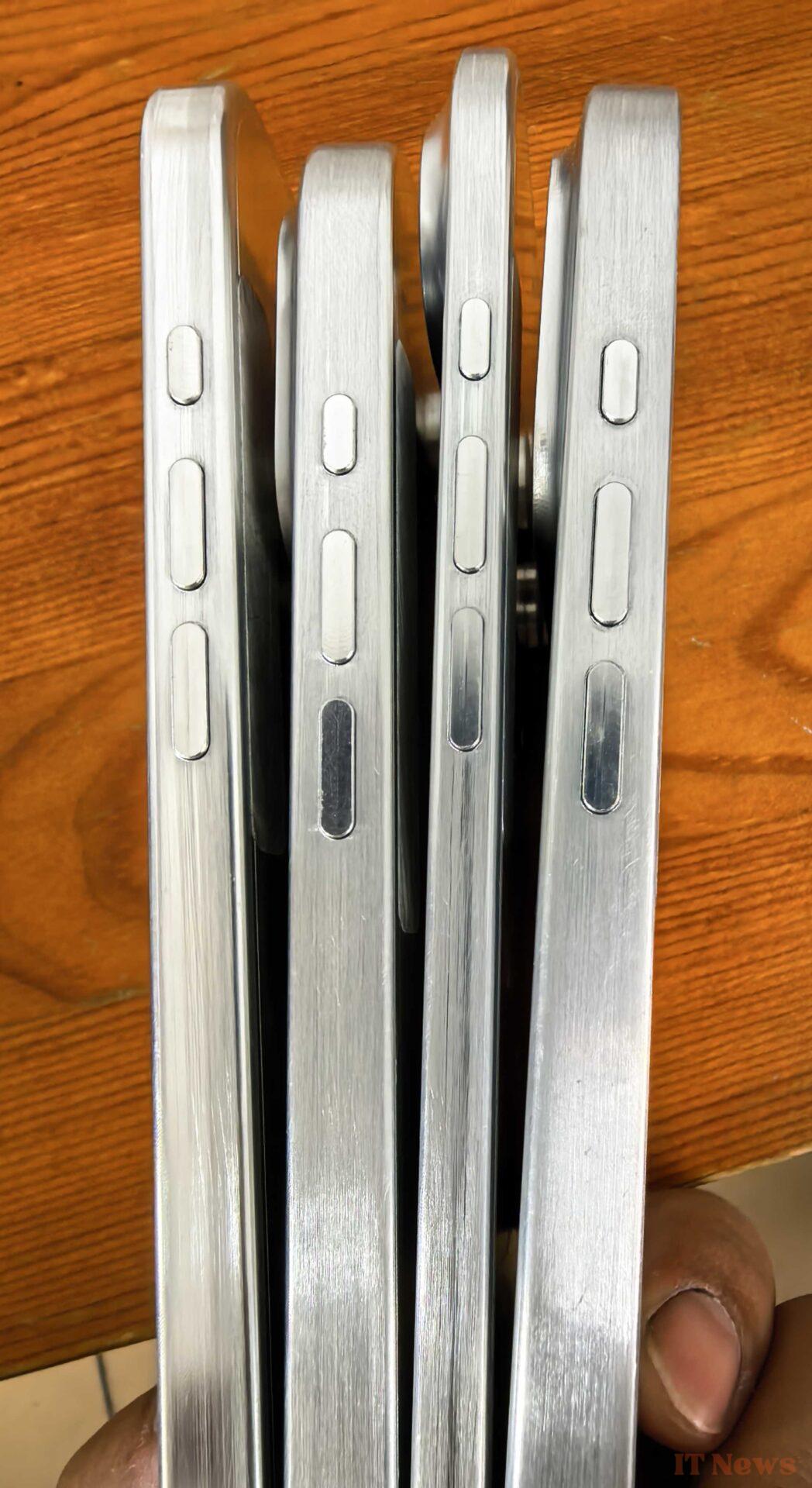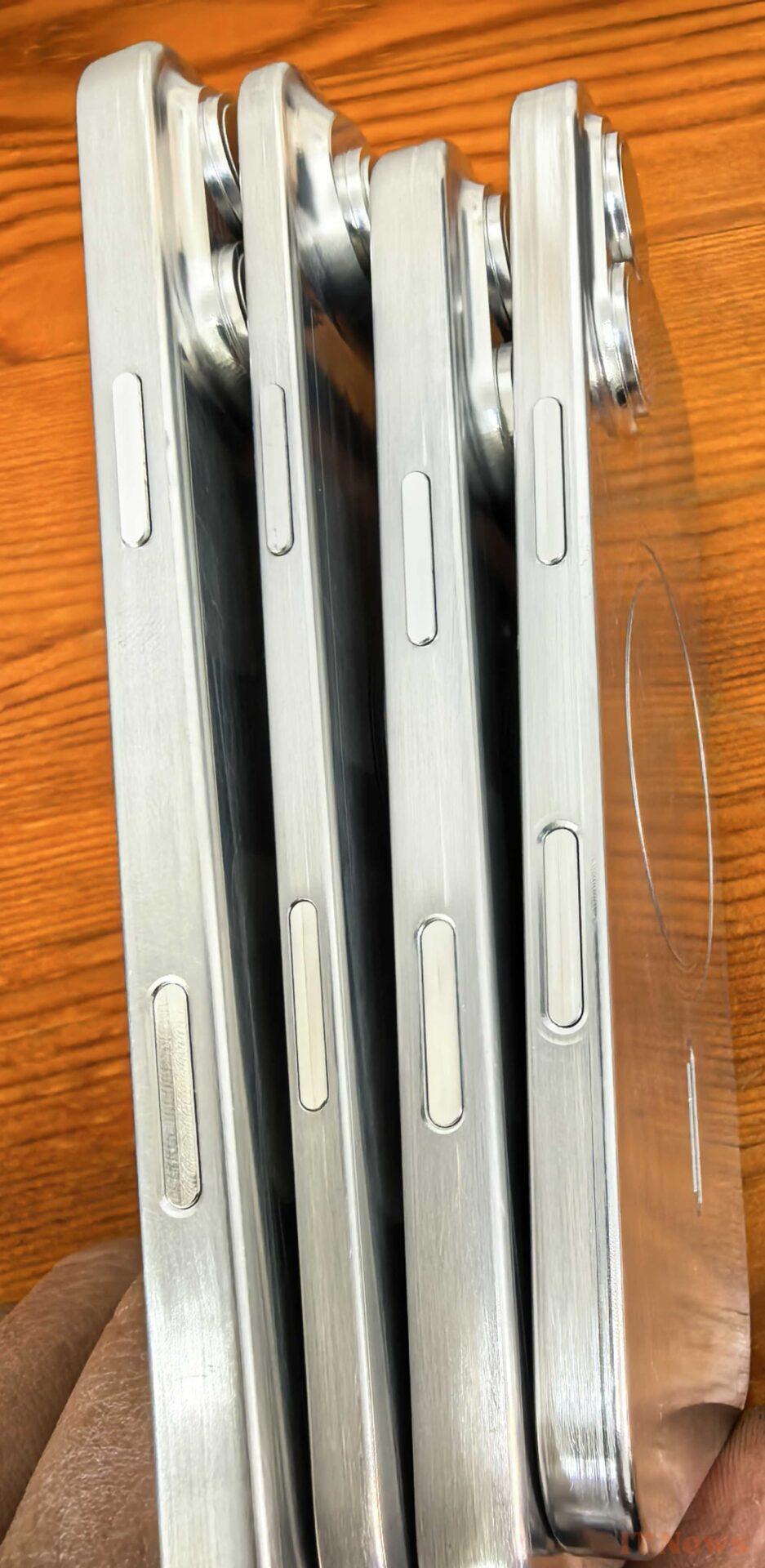Since 2020, Apple has accustomed consumers to launching four new smartphones each year: two "pro" models and two mainstream models - the latter having seen their sizes and targets evolve over time. The "mini" versions (iPhone 12 and iPhone 13) have given way to "Plus" versions (iPhone 14 and iPhone 15), but the 2025 vintage should shake up habits. Exit the Plus smartphone, which would not be the most popular; instead, Apple could offer an "Air" variant. distinguished by its thinness.
This thinness, which could be around 6mm or even less, required a lot of in-depth work for Apple, according to Mark Gurman of Bloomberg. Engineers had to redesign and review the components, including the screen, to reduce the thickness as much as possible. But without sacrificing battery life: it should be close to that of other iPhones, which is good news.
On the other hand, Gurman confirms the presence of a single photo sensor on the back, a 48 MP model that will probably be the one on the iPhone 16th. Under the hood, we would find an A19 chip and not an A19 Pro, which would therefore be reserved for the iPhone 17 Pro.
We will also have to do without the SIM card tray, as in the United States for several generations of iPhone where the devices are eSIM only. This could cause problems, particularly in China where consumers (and the government, for surveillance reasons) are keen on their physical SIM card.
Finally, the iPhone 17 Air should indeed include the C1 cellular chip, introduced with the iPhone 16. The other models in the range will be entitled to Qualcomm modems. And all iPhones would benefit from the camera control button and the action button.
Mark Gurman tells us that Apple had considered a larger 6.9-inch model, compared to the now expected 6.6-inch diagonal. The manufacturer feared that a larger iPhone Air would be subject to untimely bends, like in the days of the iPhone 6 Plus (the famous "bendgate").
Leaker Sonny Dickson has also shared images of molds for the four iPhone 17s, enough to show how thin the device is compared to other models:
Another idea finally abandoned: the absence of a USB-C port. Battery charging would now only be via induction (Qi or MagSafe), and data transfer via Wi-Fi or the cloud. The market seems ready for such a device, but Apple has reportedly backed off for fear of offending the European Union, the main advocate of USB-C for charging. An iPhone without a physical port will likely arrive in the next few years.
Source: Bloomberg





0 Comments